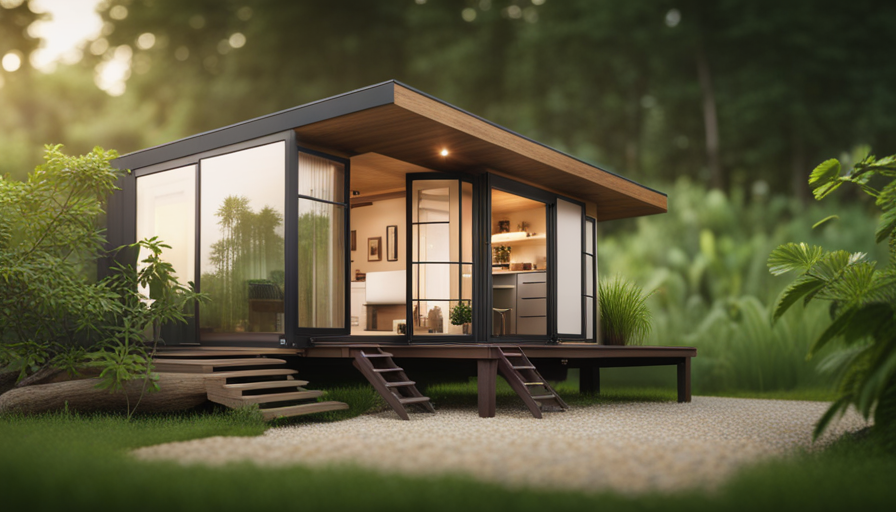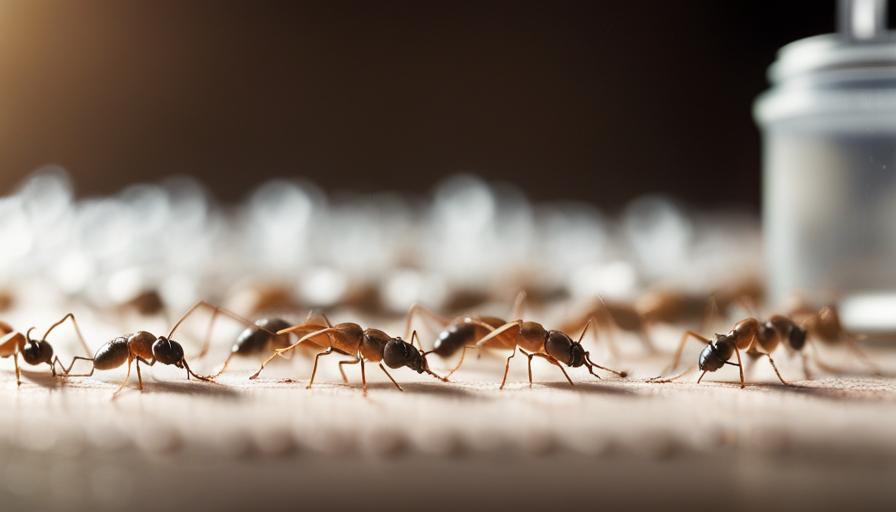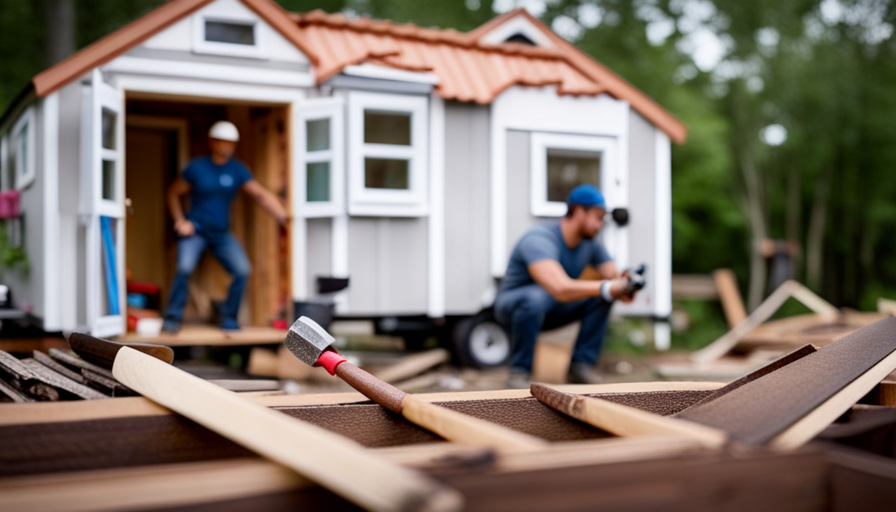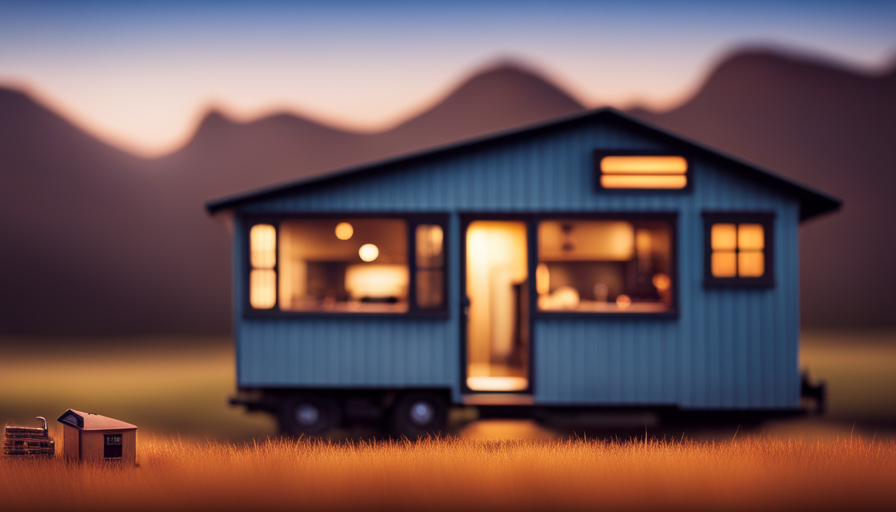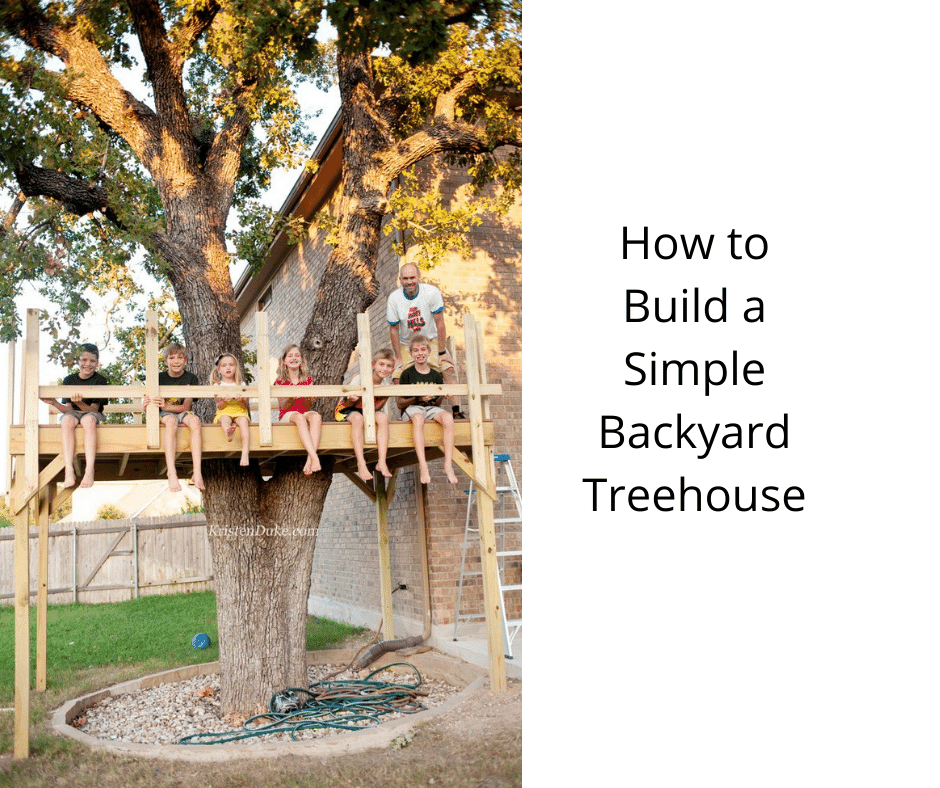Imagine stepping into a world where less truly means more, where simplicity and efficiency reign supreme. Welcome to the world of tiny homes, where every inch is maximized to its full potential. These small living spaces have captivated many, offering a unique and sustainable lifestyle.
Now, you may be wondering, just how much does a 400 sq ft tiny house cost? Well, buckle up because I’m about to take you on a journey through the factors that determine the price of these pint-sized dwellings. From the location and foundation type to the building materials and level of customization, we’ll explore it all. And of course, we’ll delve into additional features, amenities, and the cost of utilities and maintenance.
So, if you’re ready to uncover the secrets of the tiny house world, let’s dive in!
Key Takeaways
- The cost of a 400 sq ft tiny house depends on factors such as location, foundation type, building materials, and customization.
- Location considerations, such as land prices, zoning regulations, and availability of utilities, can significantly impact the total cost.
- Different foundation types, such as concrete slab, crawl space, or pier, have varying costs and suitability for different soil conditions.
- Wood framing is generally more affordable than metal framing and offers better insulation and environmental friendliness.
Consider the Location of the Tiny House
So, you may be wondering, just how much does a 400 sq ft tiny house cost, depending on where it’s located? Well, when it comes to buying or building a tiny house, the location plays a vital role in determining the overall cost.
Location considerations include factors such as land prices, zoning regulations, and availability of utilities. In highly desirable areas like major cities or popular vacation spots, the cost of land can be quite high, which in turn affects the total cost of a tiny house. Additionally, zoning regulations may vary from one location to another, and some areas may have restrictions on building tiny houses or require specific permits. These factors can further impact the cost.
Moreover, the availability and cost of utilities like water, electricity, and sewage systems can also vary depending on the location, adding to the overall expenses. By taking into account these location considerations and estimating the associated costs, you can better plan and budget for your 400 sq ft tiny house.
Transitioning into the subsequent section about determining the type of foundation, it’s important to consider other factors that will affect the overall cost and feasibility of your tiny house project.
Determine the Type of Foundation
To determine the type of foundation for a 400 sq ft small home, consider the construction’s size and materials. The foundation is a critical element of any building, providing stability and support. There are several options to choose from, each with its own advantages and costs.
One common type of foundation for a tiny house is the concrete slab. This is a simple and cost-effective solution, where a thick concrete pad is poured directly onto the ground. It provides a solid base for the house and requires minimal excavation. However, it may not be suitable for areas with unstable soil or high water tables.
Another option is the crawl space foundation. This involves building a raised platform with a crawl space underneath. It allows for easy access to utilities and can provide additional storage space. However, it requires more materials and labor compared to a concrete slab.
A third option is the pier foundation. This involves using concrete piers or footings to support the house. It is a versatile option that can be adjusted to accommodate different terrain and soil conditions. However, it can be more expensive than the other options.
To determine the best type of foundation for your tiny house, consider factors such as cost estimation, site conditions, and local building codes. Once the foundation is chosen, the next step is to choose the building materials for your small home.
Choose the Building Materials
When it comes to choosing the building materials for a tiny house, two of the main options to consider are wood framing and metal framing. Wood framing is a popular choice due to its affordability, versatility, and ease of construction.
On the other hand, metal framing offers durability, strength, and resistance to pests and fire. Additionally, it’s important to consider sustainable and eco-friendly options such as reclaimed wood or recycled metal, which can help reduce the environmental impact of the construction process.
Wood vs. metal framing
If you’re considering wood framing for your 400 sq ft tiny house, keep in mind that it provides better insulation and is more environmentally friendly compared to metal framing.
Wood is a natural insulator, which means it can help keep your tiny house warm in the winter and cool in the summer. Additionally, wood has a higher R-value than metal, meaning it has better thermal resistance.
When it comes to durability, wood framing is known for its strength and ability to withstand various weather conditions. It’s also easier to repair and modify compared to metal framing.
In terms of cost, wood framing is generally more affordable than metal framing, making it a budget-friendly option for building your tiny house.
Considering these factors, wood framing is a great choice for your 400 sq ft tiny house.
Now, let’s explore sustainable and eco-friendly options for your tiny house construction.
Sustainable and eco-friendly options
Consider incorporating sustainable and eco-friendly materials into your 400 sq ft tiny house construction. By using sustainable building materials, you can reduce the environmental impact of your tiny house and create a healthier living space. Some popular options include reclaimed wood, bamboo flooring, and recycled glass countertops. These materials not only look beautiful but also help conserve natural resources. Additionally, energy efficient systems such as solar panels, rainwater harvesting systems, and smart thermostats can further minimize your carbon footprint. Investing in these systems may require an upfront cost, but they can save you money on energy bills in the long run. It’s important to prioritize sustainability when building your tiny house to create a comfortable and eco-friendly home. In the next section, we will discuss how to factor in the level of customization for your tiny house project.
Factor in the Level of Customization
Taking into account the level of customization, the cost of a 400 sq ft tiny house can vary significantly. Customization options can range from basic finishes and layouts to more elaborate designs and high-end materials. The more customization you choose, the higher the cost will be.
Basic customization options, such as choosing paint colors and flooring materials, may only add a few thousand dollars to the overall cost. However, if you opt for custom-built cabinetry, high-end appliances, and unique architectural features, the price can increase substantially. It’s important to carefully consider your budget and priorities when deciding on the level of customization for your tiny house.
In addition to customization cost, it’s also important to consider additional features and amenities that you may want to include in your tiny house. These can include things like solar panels, rainwater harvesting systems, composting toilets, or off-grid capabilities. These features can further add to the overall cost of your tiny house, but they can also enhance its sustainability and eco-friendliness.
By carefully considering the level of customization and the additional features you desire, you can create a 400 sq ft tiny house that meets both your budget and your environmental goals.
Consider Additional Features and Amenities
Including additional features and amenities in your tiny home can not only increase its cost but also enhance its sustainability and eco-friendliness. By incorporating these elements, you can create a personalized space that suits your needs and preferences.
Here are some additional features and amenities to consider when customizing your 400 sq ft tiny house:
-
Energy-efficient appliances: Opt for appliances that are specially designed for small spaces and consume less energy. These can include compact refrigerators, energy-saving stoves, and low-flow toilets.
-
Solar panels: Installing solar panels on the roof of your tiny home can provide you with a renewable source of energy, reducing your carbon footprint and saving on energy bills.
-
Built-in storage: Maximize the use of space by incorporating built-in storage solutions such as under-bed compartments, hidden cabinets, and wall-mounted shelves.
-
Financing options: Research financing options specifically tailored for tiny homes. Some lenders offer loans and mortgages for tiny homes, allowing you to spread the cost over a longer period of time.
By considering these additional features and amenities, you can create a unique and sustainable living space. Once you have customized your tiny home, it’s important to research local building codes and regulations to ensure compliance and a smooth construction process.
Research Local Building Codes and Regulations
When considering additional features and amenities for your 400 sq ft tiny house, it’s important to research local building codes and regulations. This step is crucial to ensure that your tiny house meets all legal requirements and is safe for occupancy.
Researching permits is an essential part of this process. You need to determine what permits are required for building a tiny house in your area. This may include permits for construction, electrical work, plumbing, and more. Each jurisdiction has its own set of rules and regulations, so it’s important to do thorough research specific to your location.
Zoning restrictions are another important aspect to consider. Some areas may have specific zoning regulations that restrict the use and placement of tiny houses. You need to ensure that your tiny house is allowed in the area you plan to build or park it.
By thoroughly researching permits and zoning restrictions, you can avoid any legal issues and ensure that your tiny house is compliant with local regulations. This will give you peace of mind and prevent any potential problems in the future.
With a good understanding of local building codes and regulations, you can now proceed to the next step of comparing prices of ready-made tiny houses.
Compare Prices of Ready-Made Tiny Houses
When it comes to comparing prices of ready-made tiny houses, there are a few key points to consider.
Firstly, there are different manufacturers and models available, each with their own unique features and price ranges.
Secondly, you can choose between buying a pre-owned tiny house or opting for a brand new one. This decision can affect the price significantly, as pre-owned houses tend to be more affordable.
Overall, it’s important to do thorough research and consider all these factors before making a decision.
Different manufacturers and models
There are so many fantastic manufacturers and models of tiny houses to choose from! When it comes to different styles, you can find everything from rustic cabins to sleek modern designs.
Each manufacturer has their own unique approach, offering a range of options to suit different tastes and needs. Some focus on space optimization, utilizing clever storage solutions and multi-purpose furniture to maximize every square inch. Others prioritize eco-friendly features, using sustainable materials and energy-efficient systems. It’s truly amazing how much can be done with just 400 square feet!
Now, let’s dive into the next section and explore the pros and cons of pre-owned versus brand new tiny houses.
Pre-owned vs. brand new
Wow, the decision between a pre-owned or brand new tiny home can feel like choosing between a hidden treasure and a sparkling gem! When it comes to pre-owned advantages, one of the key benefits is cost savings. Pre-owned tiny houses are typically priced lower than brand new ones, allowing you to get more bang for your buck. Additionally, pre-owned homes often come with added features and upgrades that the previous owner may have already invested in. On the other hand, brand new tiny houses offer their own set of benefits. They come with the latest designs, materials, and technologies, ensuring a modern and efficient living space. With a brand new home, you also have the peace of mind knowing that you are the first to live in it. As you weigh the pros and cons of pre-owned vs. brand new, it’s important to consider factors such as your budget, personal preferences, and the condition of the home. Next, let’s explore how to calculate the cost of utilities and maintenance.
Calculate the Cost of Utilities and Maintenance
To estimate the cost of utilities and maintenance for a 400 sq ft tiny house, you’ll need to consider various factors.
The first thing to consider is the cost of utilities, which can include electricity, water, and heating. Since a tiny house is smaller in size, the cost of utilities is generally lower compared to a larger home. However, it’s important to note that the cost will still depend on the location and the specific amenities in the tiny house.
Additionally, maintenance expenses should also be taken into account. This can include routine maintenance tasks like cleaning, repairs, and regular inspections. It’s advisable to set aside a budget for maintenance to ensure that the tiny house remains in good condition.
When exploring financing options for a tiny house, it’s important to keep in mind the estimated cost of utilities and maintenance. This will help you determine how much you can afford to spend on the house itself and the financing options available to you. By considering these factors, you can make an informed decision about the overall cost of owning a 400 sq ft tiny house.
Explore Financing Options
When it comes to financing your dream of living in a cozy oasis, you’ll be delighted to discover a plethora of options available to help you achieve your goal.
When considering financing options for a 400 sq ft tiny house, it’s important to first determine your budget and explore various avenues for funding.
One popular option is to obtain a personal loan from a financial institution. These loans typically have lower interest rates and longer repayment terms compared to credit cards or other forms of financing.
Another option is to explore government programs that offer grants or loans specifically for tiny home construction. These programs often have specific criteria that must be met, but they can provide significant financial assistance.
Additionally, crowdfunding platforms have become increasingly popular for raising funds for tiny house projects. This allows you to gather financial support from friends, family, and even strangers who are interested in your unique living arrangement.
When considering financing options, it’s important to remember to budget wisely and consider the long-term value and return on investment of your tiny house. By carefully considering your financing options and budgeting tips, you can make your dream of living in a cozy, 400 sq ft tiny house a reality.
Now, let’s explore the next step and consider the long-term value and return on investment of your tiny house.
Consider the Long-Term Value and Return on Investment
When it comes to financing options for a 400 sq ft tiny house, it’s important to consider the long-term financial implications and potential return on investment. Owning a tiny house can be a smart financial decision, especially if the market value of these properties continues to grow.
One of the key advantages of investing in a tiny house is the potential for market value growth. As the popularity of tiny houses increases, so does their demand, which can drive up their prices over time. This means that if you decide to sell your tiny house in the future, you may be able to earn a higher return on your initial investment.
Additionally, a tiny house can offer long-term financial benefits. With a smaller living space, you can significantly reduce your monthly expenses, including mortgage payments, utilities, and maintenance costs. This can free up more money for savings, investments, or other financial goals.
It’s important to note that the long-term value and return on investment of a tiny house can vary depending on factors such as location, design, and overall quality. Therefore, it’s advisable to do thorough research and consult with professionals in the real estate industry before making any financial decisions.
Frequently Asked Questions
Are there any restrictions or regulations on where I can park or place my tiny house?
Zoning restrictions and parking regulations vary depending on your location. Before parking or placing your tiny house, it’s important to research and understand the local regulations.
Some areas may allow tiny houses on private property, while others may require them to be in designated RV parks or tiny house communities. Additionally, there may be restrictions on the size, height, and materials used for your tiny house.
It’s crucial to consult with local authorities to ensure compliance with the regulations.
What are the different types of foundations available for a tiny house?
When it comes to building a tiny house, there are various types of foundations to consider. These foundations act as the sturdy base upon which your tiny house will rest.
From traditional concrete foundations to innovative options like skids or trailer-mounted foundations, the choices are endless. It’s crucial to understand the local restrictions and regulations regarding foundation types, as they can differ depending on where you plan to park or place your tiny house.
Can I choose any type of building materials for my tiny house, or are there limitations?
When it comes to building materials for a tiny house, you have a wide range of options to choose from. However, there are some limitations to consider.
Factors such as weight, durability, and cost should be taken into account. Different materials like wood, steel, and concrete offer varying levels of strength and longevity. It’s essential to research and select the most suitable building materials for your tiny house to ensure its durability and longevity.
How much does it cost to customize a tiny house according to my preferences?
The cost of customizing a tiny house to your preferences can vary depending on the extent of the customization and the materials used.
Factors such as the size of the house, the type of materials, and the complexity of the design will affect the overall cost.
It’s important to carefully plan and budget for your customization project, considering factors such as labor costs, materials, and any additional features you wish to add.
What additional features and amenities can I include in my tiny house and how much will they add to the overall cost?
When it comes to additional features and amenities for a tiny house, the options are limitless! You can maximize space and storage by incorporating clever built-in storage solutions, such as hidden compartments and multipurpose furniture.
Consider adding a loft area for extra sleeping space or a fold-down dining table to save room. And don’t forget about luxury features like a cozy fireplace or a spa-like bathroom.
Of course, these features will add to the overall cost, but the possibilities are truly endless!
Conclusion
In conclusion, determining the cost of a 400 sq ft tiny house involves considering various factors such as location, foundation type, building materials, customization level, additional features, and amenities.
While some may argue that investing in a tiny house isn’t worth the cost, it’s important to consider the long-term value and return on investment.
Tiny houses provide a more affordable and sustainable living option, allowing individuals to reduce their carbon footprint and live a simpler, more fulfilling lifestyle.
Hi, I’m Emma. I’m the Editor in Chief of Tiny House 43, a blog all about tiny houses. While tree houses are often associated with childhood, they can be the perfect adult retreat. They offer a cozy space to relax and unwind, surrounded by nature. And since they’re typically built on stilts or raised platforms, they offer stunning views that traditional homes simply can’t match. If you’re looking for a unique and romantic getaway, a tree house tiny house might just be the perfect option.
